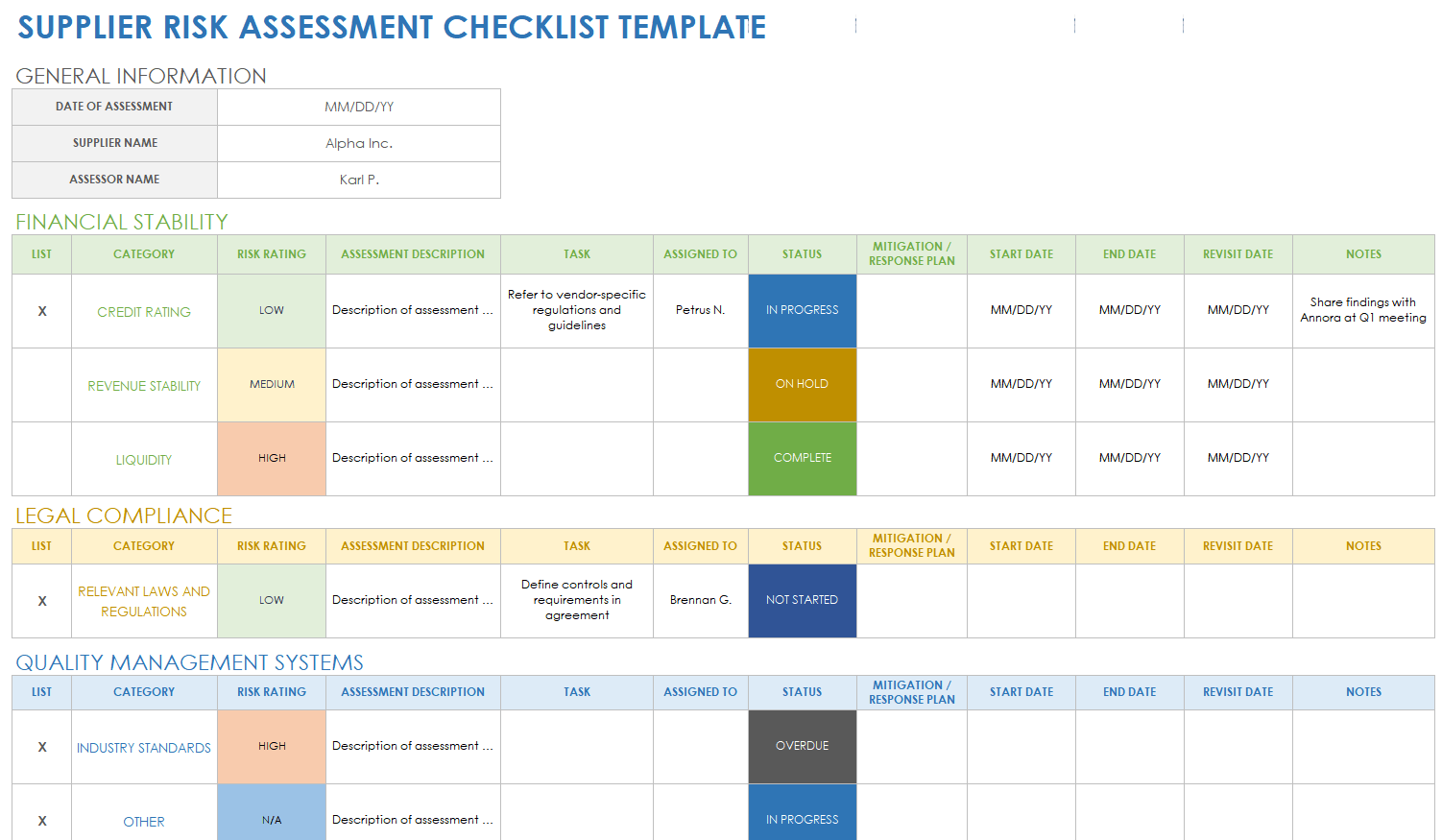Safeguarding Your Success: Supply Chain Risk Management
In today’s fast-paced and interconnected world, businesses are increasingly relying on complex supply chains to deliver products and services to customers. While these supply chains offer numerous benefits such as cost savings and increased efficiency, they also come with their fair share of risks. From natural disasters and geopolitical events to supplier bankruptcies and cyber attacks, there are countless potential threats that can disrupt the flow of goods and services.
This is where supply chain risk management comes into play. By proactively identifying and mitigating potential risks, businesses can safeguard their success and ensure the smooth operation of their supply chains. A robust supply chain risk management strategy is essential for any organization looking to thrive in today’s volatile business environment.
One of the key components of a successful supply chain risk management strategy is identifying and assessing potential risks. This involves conducting a thorough analysis of all aspects of the supply chain, from suppliers and logistics providers to transportation networks and distribution channels. By understanding the potential vulnerabilities in the supply chain, businesses can better prepare for potential disruptions and develop contingency plans to mitigate their impact.
Another important aspect of supply chain risk management is building strong relationships with suppliers and other partners. By working closely with key stakeholders, businesses can improve communication, collaboration, and trust, which are essential for effectively managing risks in the supply chain. By developing strong partnerships with suppliers, businesses can also gain greater visibility into their operations and better understand the potential risks they face.

Image Source: smartsheet.com
In addition to building strong relationships with suppliers, businesses should also invest in technology and tools to help them better manage supply chain risks. From advanced analytics and forecasting tools to real-time monitoring and tracking systems, there are numerous technologies available that can help businesses identify, assess, and mitigate potential risks in the supply chain. By leveraging these technologies, businesses can improve their visibility into the supply chain, identify potential risks early on, and respond quickly to any disruptions that may occur.
Regularly reviewing and updating supply chain risk management strategies is also essential for ensuring their effectiveness. As the business environment evolves and new risks emerge, businesses must continually assess and adapt their risk management strategies to address these challenges. By regularly reviewing and updating their strategies, businesses can ensure that they are well-prepared to handle any potential disruptions in the supply chain and safeguard their success.
Overall, building a robust supply chain risk management strategy is essential for any business looking to thrive in today’s volatile business environment. By proactively identifying and mitigating potential risks, building strong relationships with suppliers, investing in technology, and regularly reviewing and updating their strategies, businesses can safeguard their success and ensure the smooth operation of their supply chains. With a strong supply chain risk management strategy in place, businesses can navigate the challenges of today’s business environment with confidence and resilience.
Supply chain risk management is a critical component of any successful business operation. With the increasing globalization of supply chains and the growing complexity of business networks, organizations need to be prepared to address potential risks that could disrupt their operations. One key aspect of building a robust supply chain risk management strategy is fortifying your business with a strong and comprehensive plan.
In order to fortify your business and build a robust strategy for supply chain risk management, there are several key steps that you can take. These steps include identifying potential risks, assessing their impact on your business, developing mitigation strategies, and implementing monitoring and response protocols.
Identifying potential risks is the first step in building a robust supply chain risk management strategy. This involves conducting a thorough assessment of your supply chain and identifying any potential vulnerabilities or weaknesses. This could include risks related to natural disasters, political instability, economic downturns, or supplier disruptions. By identifying these risks early on, you can proactively address them and develop strategies to mitigate their impact on your business.
Once you have identified potential risks, the next step is to assess their impact on your business. This involves evaluating the likelihood of each risk occurring and the potential impact it could have on your operations. By understanding the potential risks and their impact, you can prioritize them based on their severity and develop targeted mitigation strategies to address them.
Developing mitigation strategies is a critical step in fortifying your business with a robust supply chain risk management strategy. This involves developing contingency plans and building redundancy into your supply chain to minimize the impact of potential risks. For example, you may choose to work with multiple suppliers to reduce the risk of a single point of failure, or implement inventory management strategies to ensure that you have adequate stock on hand in the event of a disruption.
In addition to developing mitigation strategies, it is important to implement monitoring and response protocols to effectively manage supply chain risks. This involves establishing clear communication channels with suppliers and partners, monitoring key performance indicators to identify potential risks early on, and developing response plans to address disruptions as they occur. By implementing monitoring and response protocols, you can quickly identify and address supply chain risks before they escalate and impact your business.
Overall, fortifying your business with a robust supply chain risk management strategy is essential for safeguarding your success in today’s fast-paced and interconnected business environment. By taking proactive steps to identify potential risks, assess their impact, develop mitigation strategies, and implement monitoring and response protocols, you can build a strong and resilient supply chain that can withstand unexpected disruptions and challenges. With a comprehensive strategy in place, you can confidently navigate the complexities of the modern business landscape and ensure the continued success and growth of your organization.
How to Develop a Comprehensive Supply Chain Risk Management Plan